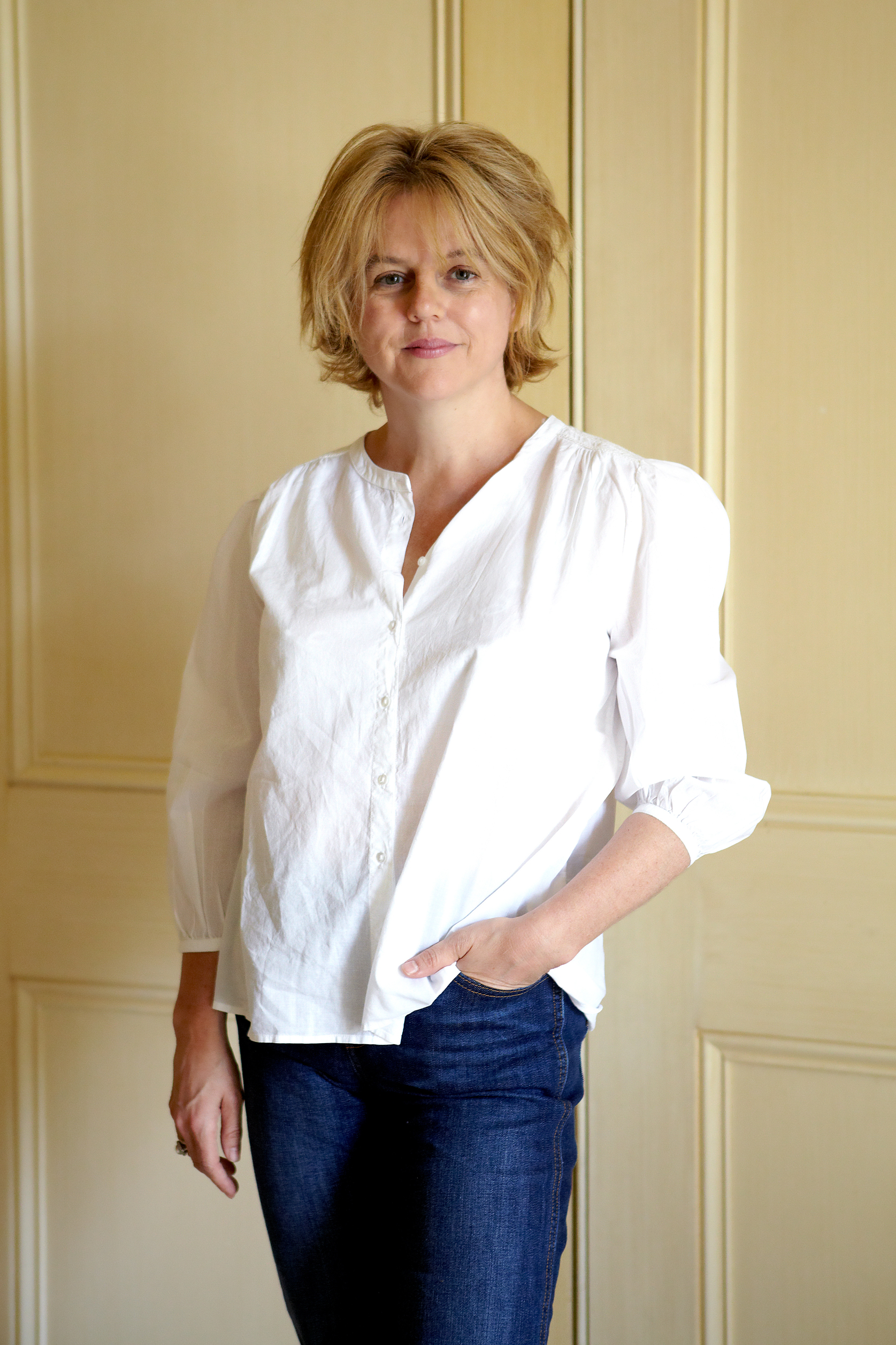
Rachel Kelly’s New Book Urges Action
- Self-help workbook from author of best-seller Black Rainbow
- Focus is on doing rather than learning
Bookshops and the Amazon best-seller lists are filled with books dedicated to showing readers how to improve their lives. Whether they are depression or anxiety memoirs or the small-format brightly coloured tomes that are now marketed as self-care, as opposed to self-help, there are plenty to appeal to people who are having a hard time of life and want to do something about it.
A recent addition is Rachel Kelly’s Singing in the Rain: 52 Practical Steps to Happiness (Short Books). Rachel had already written a depression memoir Black Rainbow, and a book looking at the role of nutrition in mental health (and including a range of delicious and achievable recipes) The Happy Kitchen. But her new book is something that she hopes will not even continue to be her book, but be recreated in the hands of its reader.
It all started when Rachel, who is an ambassador for Sane and Rethink Mental Illness, started doing talks and workshops alongside charities and mental health groups. At a Mind-facilitated group in North Kensington, London, she found that sometimes actions spoke louder than words. “It seemed that I enjoyed the workshops and people were more engaged, when we did stuff together. Less teacher-student but a collaborative process of trying things out. I loved hearing about their experience and which ideas were helping them. This book grew out of the joy of collaboration. It allowed people to take agency and then flip into feeling there was stuff that they could do that might make a difference.”
The ideas are wide-ranging: from listening to music that means something to you to acknowledging your negative feelings, from good tips for relaxation to how to have an assertive conversation without getting angry or caving in.
Many of these ideas came about from trial and error with the group, or when Rachel discussed mental health problems with others, from experts to people struggling to cope.
“I could see that while there is a role for rethinking, as in CBT, but actually doing something energises people. I wanted to engage people - it’s important to people’s recovery that they can do something, not simply be passive.”
Here are two examples that Rachel recommends:
“We know nature is important - but how about sketching and recording nature, deepening that connection and tapping into the healing effect. Take your sketchbook into a park at lunchbreak, and look in real detail. It’s more than snapping with your phone; it’s about focus and taking notice.”
Here's another: “To cope with feeling overwhelmed, people in the group enjoyed imagining juggling balls and thinking of all your different identities e.g. Mum, work colleague, friend, and then just the you who walks the dog. The aim is to not become unbalanced. It’s important to acknowledge all our identities and work with whichever one we are in. For example, the work you needs to stop when trying to engage as a parent. “
Rachel hopes that if people fill in the workbook pages, it will become their own self-help book. “They can put their own stamp on it and it can evolve as they – and their needs – do.”
Further reading:
Read our Wise Words series
Read our posts about self-care
Ruby Wax's How to be Human
Why books about mental health are so important











